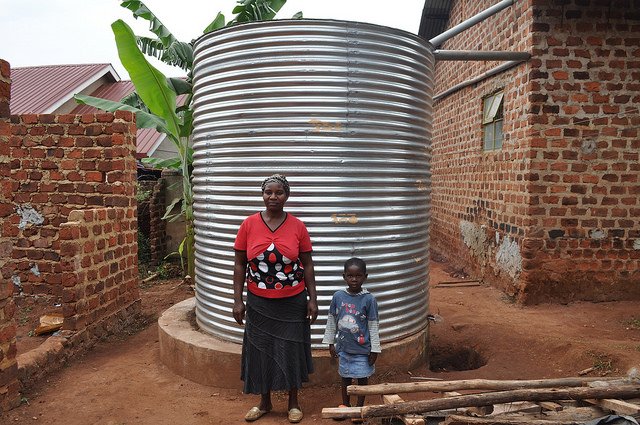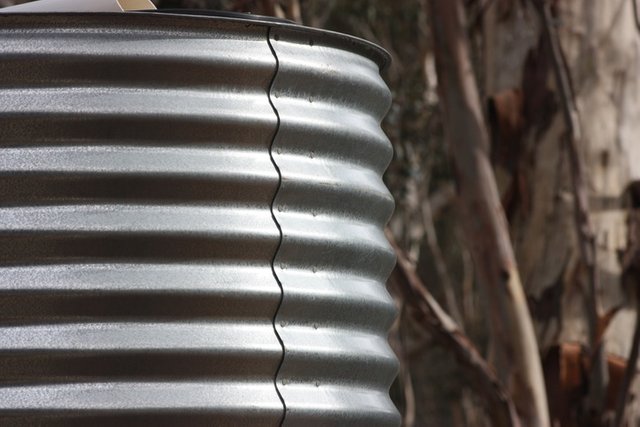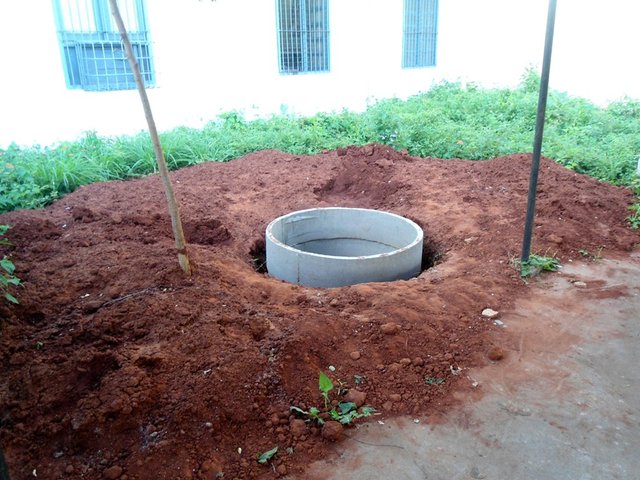Permaculture - rainwater harvesting (lesson 37)
Rainwater harvesting
Water is a key element in the cultivation of any kind of plant. In most places in the world, there is too little of it to rely on rainfall. In times of drought, we have to water the plants. Tap watering your garden, however, can be very expensive, and using deep wells accelerates the consumption of exhaustible underground resources. Therefore, the best-recommended way is to store rainwater.
Rainwater can be collected in many ways. We have already discussed the creation of ponds and other small reservoirs of water before (the topic will be developed in the future). Not everyone has a plot large enough to use such solutions though. Therefore, the most universal method is still collecting rainwater directly from rainfall by installing special pipes that discharge it from the roof to the tank.
DIY - count how much water you can save in your place
How much water can you save this way? It is an individual matter, it depends on how large the roof area of your house is, what climate you live in, and how big the tank you have. I am going to present you with a simple equation that will allow you to calculate the potential profits from rainwater harvesting, no matter what continent you live on.
1)) Determine A-factor. Factor A is:
- 0.9 for pitched ceramic roofs
- 0.8 for sloping concrete roofs
- 0.6 for flat roofs
2)) Find out the average annual rainfall in your region, given in mm. This will be our B-factor
3)) Calculate the roof area from which the water will be obtained. It should be given in m2. Note that it does not always correspond to the total area of the roof. The amount of roof area available often depends on the pattern of gutters and downspouts; some sections of the roof may not be used without elaborate plumbing schemes. The roof area will be our C-Factor.
4)) Substitute the numbers for the equation:
A x B x C = result in liters per year.
If you prefer the result in m3 / year, divide the result in liters by 1000.
So, averagely the flat, 100m2 big roof can help us to save in a year*:
= around 19 200 l (19,2m3) of water in Nigeria
= around 38 700 l (38,7m3) of water in Poland
= approximately 50 100 l (50,1m3) of water in Venezuela
= approximately 132 000 l (132m3) of water in Bangladesh
*based on average annual rainfall data for the mentioned countries
What tank should we install?
Here, your budget and aesthetic value will be an important issue. Unfortunately, very large reservoirs are usually not as attractive as other forms of rainwater harvesting (for example ponds). However, they have the additional advantage that big tanks made of metal, heat up quickly, creating a warmer microclimate around itself. It can be used for planting thermophilic plants around.
If we want to improve the aesthetic value, the rainwater tank can be partially buried in the ground or hidden in the basement, as was done in the 19th century in colonial buildings in North America. Remember, however, that the above-placed tank can pump out water by gravity. Buried requires the installation of an electric pump or manual distribution of water around the garden.
ATTENTION!
In this lesson, we only talk about water suitable for watering gardens. Do not drink rainwater without passing it through appropriate chemical and biological filters to remove all contamination.
Table of content
(list with all previous lessons linked)
(list with all previous lessons linked)




Congratulations, your nice post has been upvoted by the steem.skillshare curation trail!
If you wish to join as well our trail and support our community, other users, and earn the curation reward, please check out this post:
steem.skillshare curation trail post